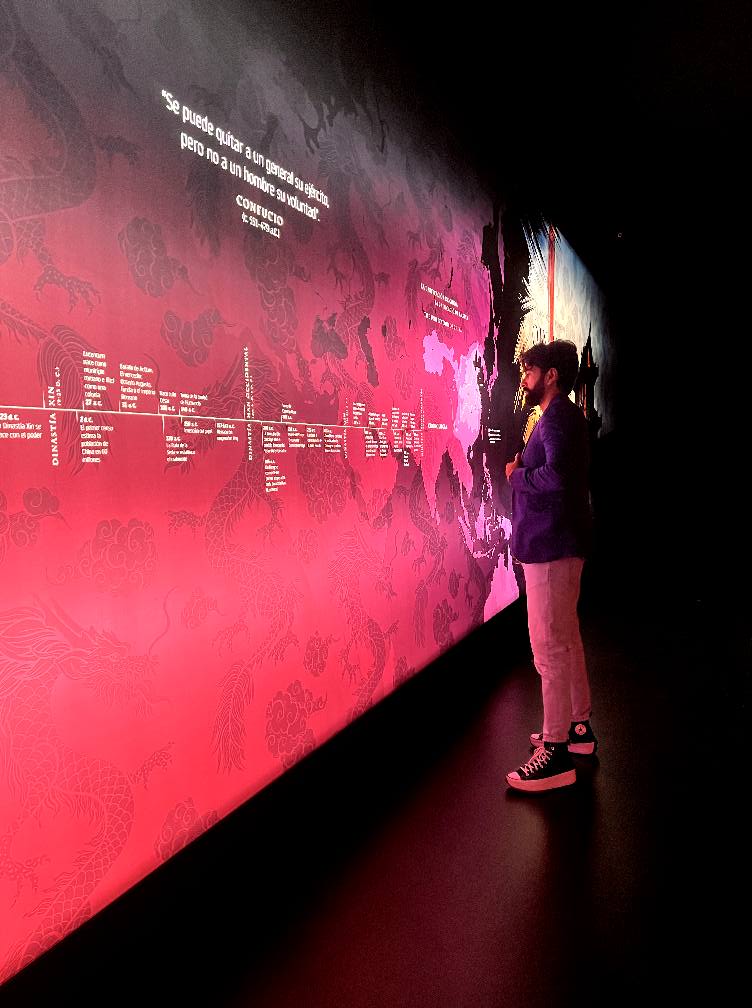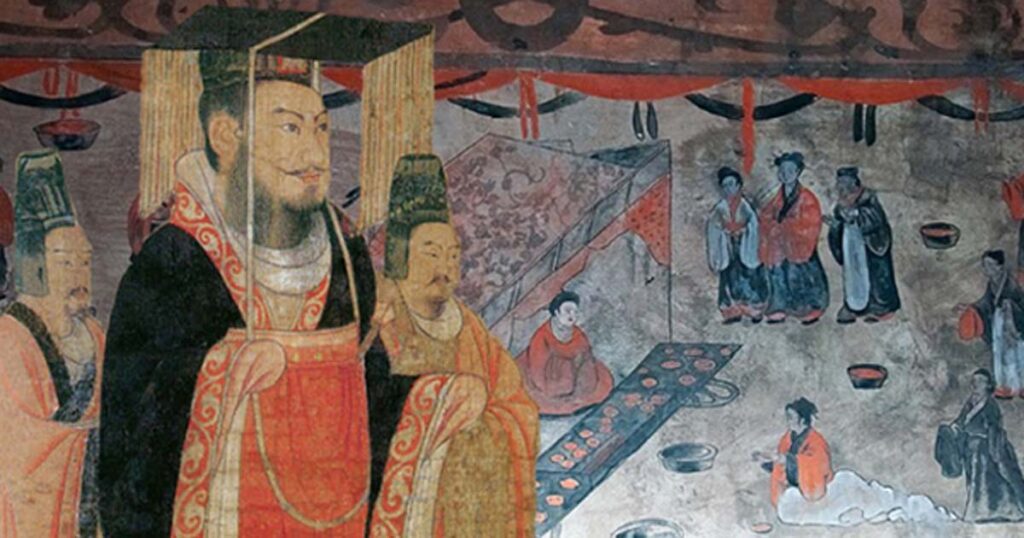When I ascend to new heights, whether in my scholarly pursuits, professional path, or personal endeavors, I always strive to put my successes into perspective and amplify them in a way that doesn’t allow vanity to colonize my spirit or intellect. One of the most profound methods I employ is #Diminishment – a strategy that can only truly be actualized by simultaneously plunging into a state of awe, curiosity, reverence, and humility. One of the most effective ways to do this is to venture into the nearest museum, immersing myself in the historical treasures that whisper to me:
Millions had walked this path before you and left their mark, their legacy persists even after they’ve returned to dust – so what legacy will you leave behind?

Succumbing to the mesmerizing charm of the Marq Museum, I embarked on an extraordinary voyage through time. I navigated through the riveting epochs of Chinese civilization, notably the illustrious eras of the Han and Qin dynasties. Each artifact and display stood as a testament to their deep historical significance, painting a vibrant picture of a magnificent and wonderfully intricate past.

The Qin Dynasty’s Legacy
The Qin Dynasty, spanning from 221 to 206 BC, marked the dawn of imperial China. Under the authoritarian rule of the First Emperor, Qin Shi Huang, the myriad bickering states were united, laying a robust foundation for what would evolve into a legacy spanning millennia. But perhaps the most breathtaking relic of the Qin Dynasty is the Terracotta Army, an assembly of life-sized clay soldiers entombed with Qin Shi Huang. This grand burial complex, teeming with intricately sculpted warriors, horses, and chariots, has provided us a priceless understanding of the military strategies and artistic crafts of the time.

The Era of the Han Dynasty
On the other hand, the Han Dynasty, persisting between 202 BC and 220 AD, heralded an era of economic abundance and cultural flourishing. It is often heralded as China’s “Golden Age”, an epoch that saw significant progressions in art, culture, and technology. This was the era when the Silk Road, a vital trade conduit connecting China to the West, emerged, spurring an exchange of commodities, philosophies, and cultures that charted the course of world history.

As I concluded my journey through the rich tapestry of the past, I was filled with a profound sense of humbleness and wonder. Each artifact, each ancient relic, bore silent witness to the accomplishments of those who walked the earth before us. Their legacies remind us that our achievements, no matter how grand in our eyes, are droplets in the ocean of human history.
What remained after the powerful Qin and glorious Han eras were not the physical accomplishments of these civilizations but the wisdom, culture, and inspiration that continue to influence us today. It’s a lesson in humility, teaching us that the accurate measure of our success lies not in the material gains or titles we amass but in the meaningful contributions we make, the positive changes we inspire, and the enduring legacies we leave behind.
This journey was a testament to the fact that humility and wisdom are the keys to maintaining our perspective when confronted with our achievements. It reminded me that success is fleeting, but the impact we make, the lives we touch, and the legacy we leave behind truly define our journey. Finally, it is a constant reminder to aim for a legacy that resonates through time, just like those remarkable eras of Chinese history. We are transient in the grand scheme of things, but our deeds can echo through eternity.



